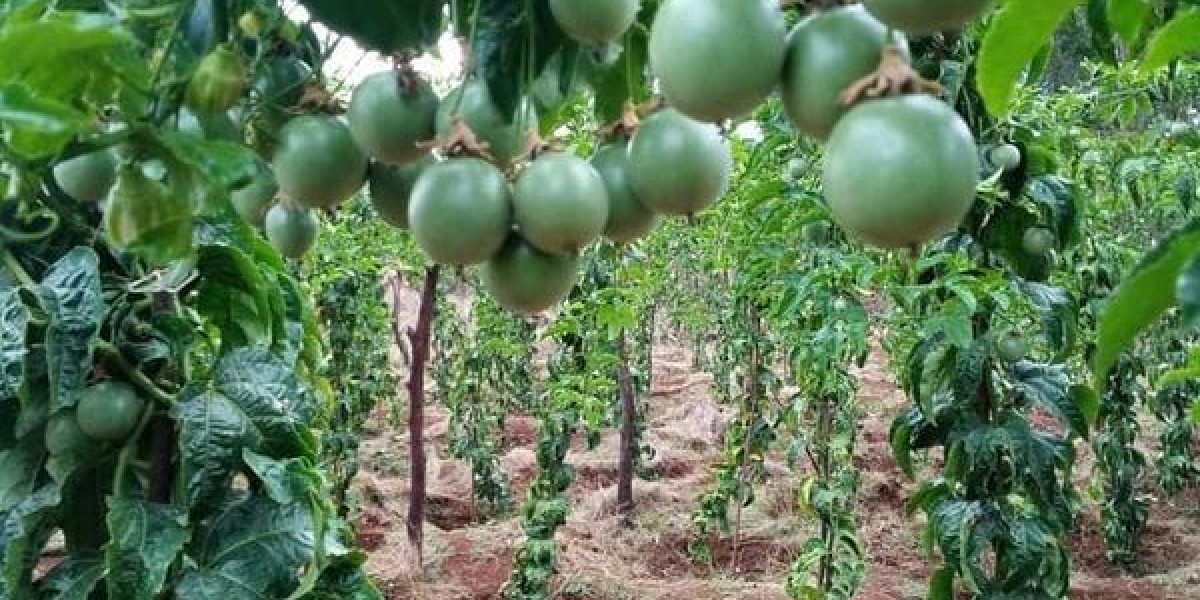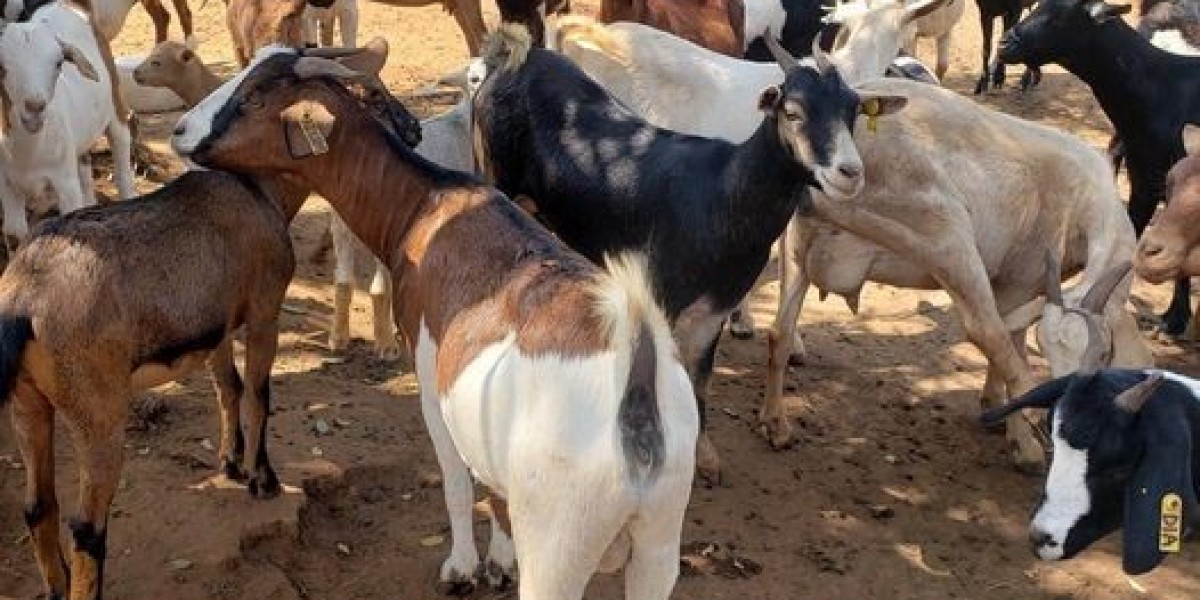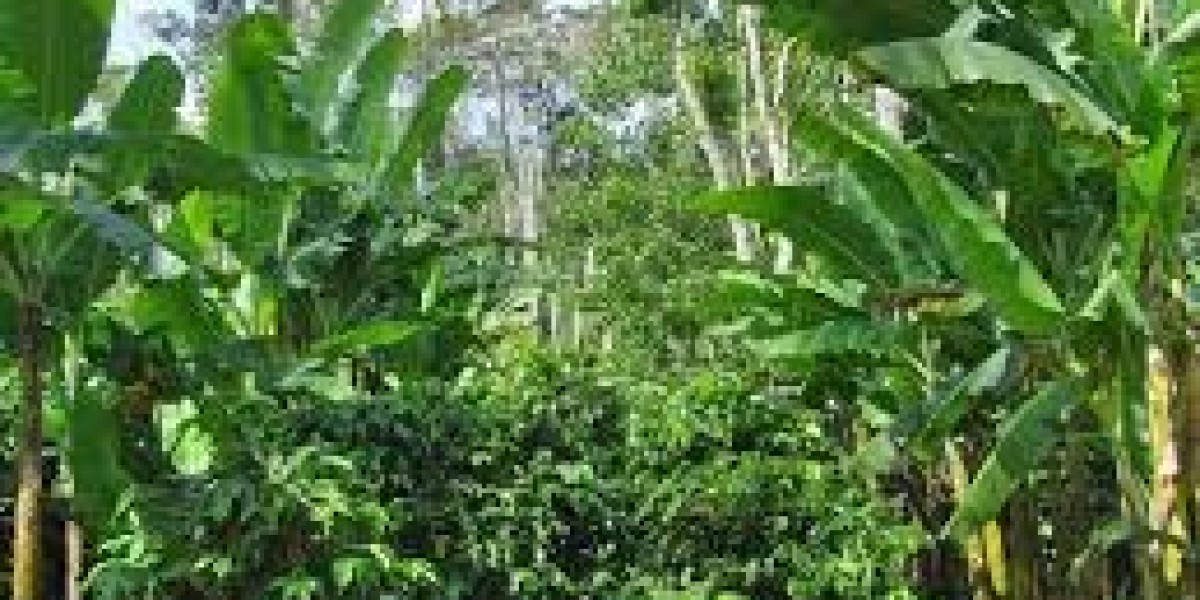Open Nursery
Sowing Seeds:
• Seeds are selected from well-developed ripe
fruit
• Seed Rate: sow at least 2 seeds per bag
After Sowing:
• Weeding: weekly
• Watering: daily in dry season
• Maintenance of constructions
• Discard weak rootstock, pest or diseases &
affected plants weekly
• Root pruning: monthly
Grafting:
• Select a young, healthy vine the same diameter as the rootstock from which to cut scions
• Cut a scion at the node in a long angle with a
budding knife
• Cut about 2.5 cm slit into the rootstock vine with a grafting knife
• Slide the angle of the scion into the slit in the rootstock, pairing the two pieces up in size
• Wrap grafting tape tightly around the union
• Seal the graft union with grafting compound. The graft union should be at least 45 cm above the soil level
Management of Nursery:
• Harden the improved cultivars before
planting as the environment in the field after
planting is less controlled than that of the
nursery
• Remove/reduce shade in a stepwise manner
• Remove grafting tape after 8 weeks as it can
strangle the scion
• When the colour of the leaves become dark
green, remove shade completely
• Prick out, weed and water carefully
Transplanting/Field Establishment
• One month after grafting, the seedlings are ready for transplanting in the field
• Transplanting should be done early morning or late in the evening
• It should be done at the onset of rains or
anytime under irrigation
TOP DRESSING
• The top dressing fertiliser should be applied in two splits per year
• Application of 100g NPK(17-17-17/20-20-20)
per plant at start of every rainy season.
• This could be at least four times in a year
• 2kg of well decomposed manure per plant per year is applied before the rains begin
• Spraying with foliar feed and trace elements
every three months is recommended.
Staking & Trellising
• The common system of support is by use
of plain wires strung on posts (trellis)
• The trellis should be erected immediately
after transplanting
• Post for trellising should be about 3.0 m
long and 15 cm in diameter: they are
dug 60 cm deep and spaced 6 m apart in
the row
• A single strand of wire is tightly stretched
over each row of posts and fixed firmly
to the end posts
Training
• A light stick is driven into the ground close
to the plant or a piece of sisal twine from
the base of the young plant to the wire above
• Two healthy shoots at the base of the plant are then selected and trained up the stick or the sisal strands by twining them regularly
• All other shoots below the wire and side
branches that emerge are removed regularly until the shoots reach the wire.
Intercropping
• Passion Fruit may be intercropped with
vegetables such as Beans, Cabbage and
Tomatoes during the first year
• Crops for intercropping should be supplied with their own nutrition to avoid competing with Passion Fruits
• Cucurbits (cucumbers, pumpkin, and squashes) are not recommended due to the woodiness virus and fruit flies
• In addition, maize, cowpea, sorghum, okra,
sweet potatoes and other creepers should be
avoided
MAJOR PESTS
The following are the major pests of Passion Fruits
A. Aphids
B. Mealy Bugs
C. Spider mites
D. Thrips
E. Nematodes
F. Bugs
G. Broad/ Yellow Tea Mite
Major diseases and physiological disorders
The following are the major diseases and
physiological disorders of Passion Fruits in
a. Fusarium wilt
b. Passion fruit woodiness
c. Brown spot
d. Septoria spot
e. Phytophthora blight
Harvesting Indices
Harvesting Period:
• The crop comes into bearing within 7 – 8 months after transplanting
• The main harvest is obtained 12 – 13 months after transplanting
Harvesting Method:
• Passion Fruit for fresh market should be picked when they have developed their characteristic colour (purple or yellow)
• The fruits fall naturally from the vine when they are ripe: these are suitable for juice extraction
Yields:
• Average yields are about 4,000kg per acre per year
• With good management and crop husbandry
yields of more than 6,000 – 8,000kg per acre
can be realized
• Yellow passion fruit should be stored at 7 to 10°C with 90 to 95 % Relative Humidity for up to 2 weeks
• Purple passion fruits are chilling tolerant and can be stored at 3 to 5 °C for 3 to 5 weeks



